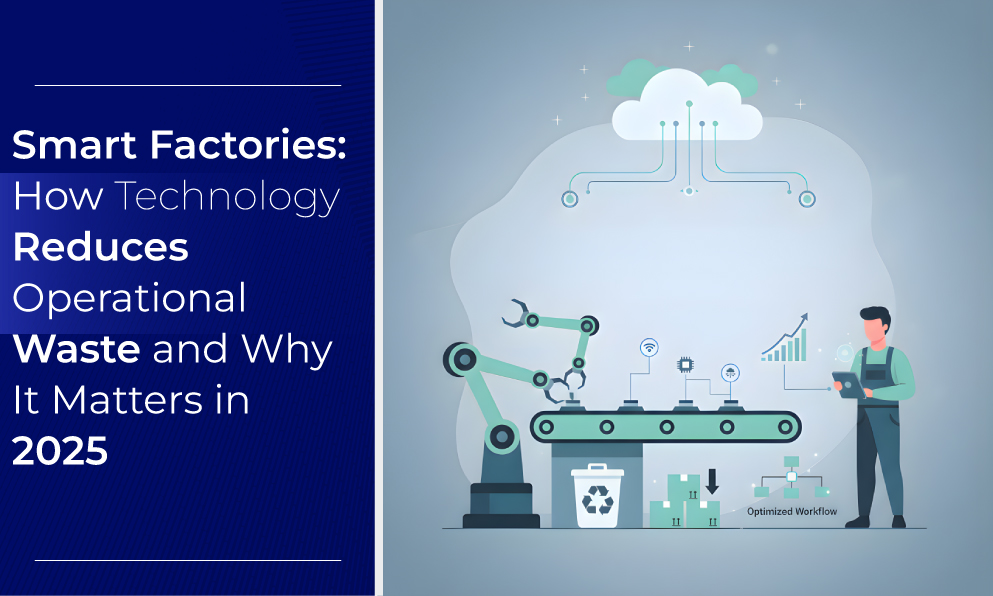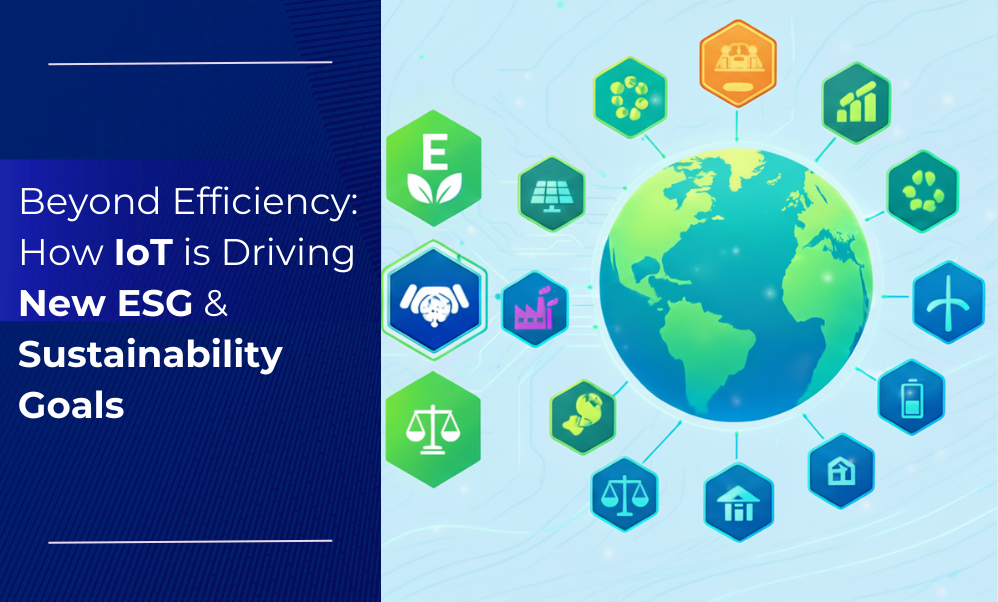Generative AI for IT product development is changing technology. Modern technology is improving the efficiency and customizability of IT solutions and speeding up the creation process. Generative AI has transformed companies' competitiveness. This article discusses how generative AI changes IT product development and its future.
The Power of Generative AI in IT Product Development
How Generative AI Enhances Efficiency
Generative AI streamlines product development by automating repetitive tasks and generating new content, such as code, designs, and frameworks. This reduces the time and effort required for manual coding and allows developers to focus on more complex and creative aspects of product development.
Key Benefits
- Faster Prototyping: Generative AI enables the rapid creation of prototypes, allowing teams to test and iterate quickly.
- Cost Reduction: Automating tasks reduces labor costs and minimizes errors, leading to significant cost savings.
- Enhanced Creativity: By handling routine tasks, AI frees developers to innovate and experiment with new ideas.
Customization and Personalization
Generative AI for IT product development allows for unprecedented customization and personalization. AI can generate tailored solutions that meet specific needs and expectations by analyzing user data and preferences.
Examples of Customization
- User Interfaces: AI can design interfaces that adapt to individual user behaviors and preferences.
- Software Features: Generative AI can create features that cater to niche markets or unique business requirements.
- Customer Support: AI-driven chatbots and virtual assistants can offer personalized support and solutions to users.
Improving Quality and Reducing Errors
One significant advantage of generative AI in IT product development is improving quality and reducing errors. AI algorithms can identify potential issues and optimize code, producing more robust and reliable products.
Quality Enhancements
- Automated Testing: Generative AI can conduct extensive testing, identifying bugs and vulnerabilities that human developers might miss.
- Code Optimization: AI can refine and optimize code, enhancing performance and efficiency.
- Continuous Improvement: With machine learning, AI systems continuously improve their algorithms, leading to better outcomes over time.
Future Prospects of Generative AI in IT Product Development
Generative AI is set to integrate with other emerging technologies such as blockchain, IoT, and quantum computing. This integration will open up new possibilities for innovation and efficiency in IT product development.
Potential Integrations
- Blockchain: Enhancing security and transparency in product development and deployment.
- IoT: Creating intelligent and adaptive IoT solutions that can learn and evolve.
- Quantum Computing: Solving complex computational problems faster and more efficiently.
Ethical and Regulatory Considerations
As generative AI becomes more prevalent in IT product development, ethical and regulatory considerations will become increasingly important. Companies must navigate issues such as data privacy, algorithmic bias, and the potential for job displacement.
Ethical Challenges
- Data Privacy: Ensuring user data is handled securely and ethically.
- Algorithmic Bias: Addressing biases in AI algorithms to ensure fair and equitable outcomes.
- Job Displacement: Balancing automation with the need for human jobs and skill development.
Real-World Applications of Generative AI in IT Product Development
Automated Code Generation
One of the most significant applications of generative AI is automated code generation. Tools like GitHub Copilot leverage AI to suggest code snippets and complete lines of code, making the development process more efficient and reducing the likelihood of errors.
Design Optimization
Generative AI can continuously analyze user feedback and interaction data to optimize design elements. This iterative process ensures that software products remain user-friendly and meet evolving user needs.
Predictive Maintenance
In IT product development, predictive maintenance powered by generative AI can foresee potential issues before they become critical. This proactive approach minimizes downtime and ensures smoother operation of software products.
How BJIT Is Using Generative AI For Product Design and Development
BJIT is at the forefront of technological innovation by leveraging generative AI to transform product design and development. This cutting-edge technology plays a pivotal role in automating complex design processes, enhancing creativity, and optimizing product features to meet the ever-evolving demands of the market.
Automation of Complex Design Tasks
Generative AI enables BJIT to automate intricate design tasks that require extensive human effort and time. Using AI algorithms, BJIT can quickly generate multiple design iterations, evaluate their performance, and select the most promising ones. This speeds up the design phase and ensures that the final product is highly refined and optimized.
Enhanced Creativity and Innovation
One of the most significant advantages of generative AI is its ability to enhance creativity. AI can analyze vast datasets, identify patterns, and suggest innovative design solutions that might not be apparent to human designers. This collaborative approach between AI and human ingenuity creates unique and groundbreaking products. By pushing the boundaries of traditional design, BJIT can introduce products that stand out in the market.
Data-Driven Decision Making
Generative AI allows BJIT to make data-driven decisions throughout the product development lifecycle. The AI analyzes customer feedback, market trends, and performance metrics to generate insights about design and development choices. This ensures that the products are innovative and aligned with customer needs and market expectations.
Optimization of Product Features
With generative AI, BJIT can optimize product features for the best possible performance. The AI continuously learns from data and improves its algorithms to enhance product functionality, usability, and efficiency. This iterative process results in products that are not only highly functional but also user-friendly and efficient.
Accelerated Development Cycle
The integration of generative AI significantly accelerates the product development cycle. By automating routine tasks and providing rapid design iterations, BJIT can bring products to market faster without compromising quality. This agility allows BJIT to respond quickly to market changes and stay ahead of the competition.
Higher Quality and Efficiency
Generative AI helps BJIT maintain high standards of quality and efficiency. The AI-driven approach reduces the likelihood of human error, ensures consistency in design, and enhances the overall quality of the products. Additionally, by optimizing resource allocation and reducing development time, BJIT achieves greater operational efficiency.
Continuous Innovation
BJIT’s commitment to leveraging generative AI reflects its dedication to continuous innovation. By embracing this advanced technology, BJIT can explore new possibilities, develop cutting-edge products, and set new industry standards. This forward-thinking approach ensures that BJIT remains a leader in the tech industry, delivering exceptional value to its customers.
Conclusion
Generative AI for IT product development is revolutionizing the industry by enhancing efficiency, enabling customization, and improving quality. As this technology continues to evolve, it will unlock new opportunities for innovation and growth. Companies that embrace generative AI will be well-positioned to lead in the competitive tech landscape.
FAQs about Generative AI for IT Product Development
What is generative AI, and how is it used in IT product development?
Generative AI is artificial intelligence that can create new content, such as code, designs, and frameworks. IT product development automates tasks, enhances creativity, and improves efficiency by generating prototypes, optimizing code, and personalizing solutions.
How does generative AI improve the efficiency of IT product development?
Generative AI improves efficiency by automating repetitive tasks, conducting extensive testing, and optimizing code. This reduces the time and effort required for manual coding and allows developers to focus on more complex and creative aspects of product development.
What are the benefits of using generative AI in IT product development?
The benefits of generative AI in IT product development include faster prototyping, cost reduction, enhanced creativity, improved quality, and reduced errors. AI can also create customized solutions tailored to specific user needs and preferences.
How can generative AI be integrated with other emerging technologies?
Generative AI can be integrated with emerging technologies such as blockchain, IoT, and quantum computing. This integration can enhance security, create intelligent solutions, and solve complex computational problems more efficiently.











